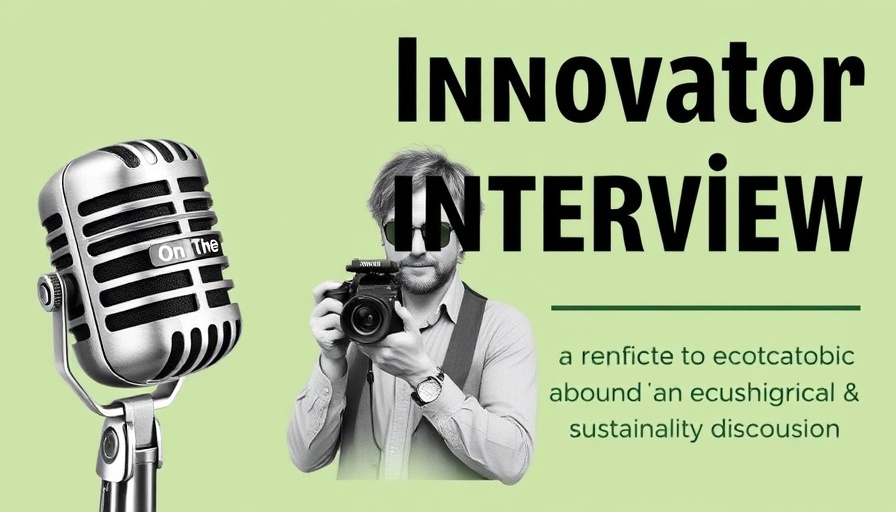
Understanding Our Waste: The Need for Recycling
Every year, the average American contributes a staggering 1,646.15 pounds of solid waste to landfills. That's a number that can be difficult to grasp. Yet, despite being in a world where waste is a constant, one straightforward solution could significantly alleviate this burden: recycling. By recycling all the paper and cardboard that your local service accepts, you can reduce your household's solid waste by up to 25%. This is not just a statistic; it’s a powerful reminder of the impact we can have as individuals on our planet.
Transforming Trash: Why Recycle Paper and Cardboard?
Recycling paper and cardboard is more than just a good deed; it’s a critical component of sustainable living. According to many environmental experts, the process helps conserve natural resources, prevent pollution, and reduce greenhouse gas emissions. Every ton of recycled paper can save over 4,000 kilowatts of energy, 7,000 gallons of water, and 3 cubic yards of landfill space. Think about it: choosing to recycle could mean a significant decrease in your personal carbon footprint.
How to Get Started: Finding a Recycling Center Near You
Ready to begin your recycling journey? One of the best places to start is a recycling center search. Simply input your location to find nearby facilities that accept paper, cardboard, and other recyclable materials. Knowing where to go is essential—nearly 75% of the waste stream is recyclable. However, many people fail to take the steps necessary to recycle, often due to a lack of awareness.
Going Beyond Paper: Embracing a Holistic Recycling Approach
While recycling paper and cardboard is a critical step, consider expanding your recycling efforts. Incorporate plastic recycling, glass recycling, and metal recycling into your routine. The concept of zero waste is becoming increasingly popular, urging individuals to minimize waste in all aspects of their lives. Join community workshops to learn about upcycling and composting, and encourage your neighborhood to adopt sustainable practices.
Common Misconceptions About Recycling
Many people hold misconceptions about recycling. One common myth is that once you throw something into a recycling bin, it will automatically be recycled. In truth, contamination—bringing non-recyclable items into the mix—can ruin entire batches. Moreover, it’s essential to understand the difference between biodegradable products and recyclable ones; not all biodegradable items are suitable for traditional recycling processes.
Engaging Your Community in Recycling Initiatives
One of the most powerful ways to drive change is through community engagement. Organizing local recycling drives or education campaigns can inspire others to recycle effectively. Share stories and promote the idea that every small action contributes to a more sustainable future. Remember, the more engaged your community, the greater the impact you can have on our environment.
Conclusion: Your Role in Sustainable Living
Understanding the significance of recycling paper and cardboard is crucial to steering our planet toward a sustainable future. As urban homeowners and DIY enthusiasts, you are uniquely positioned to influence others and drive change. Take the initiative to engage, recycle effectively, and promote sustainable practices within your community. Start today with your local recycling service and share your journey!
 Add Row
Add Row  Add
Add 




 Add Row
Add Row  Add
Add 

Write A Comment